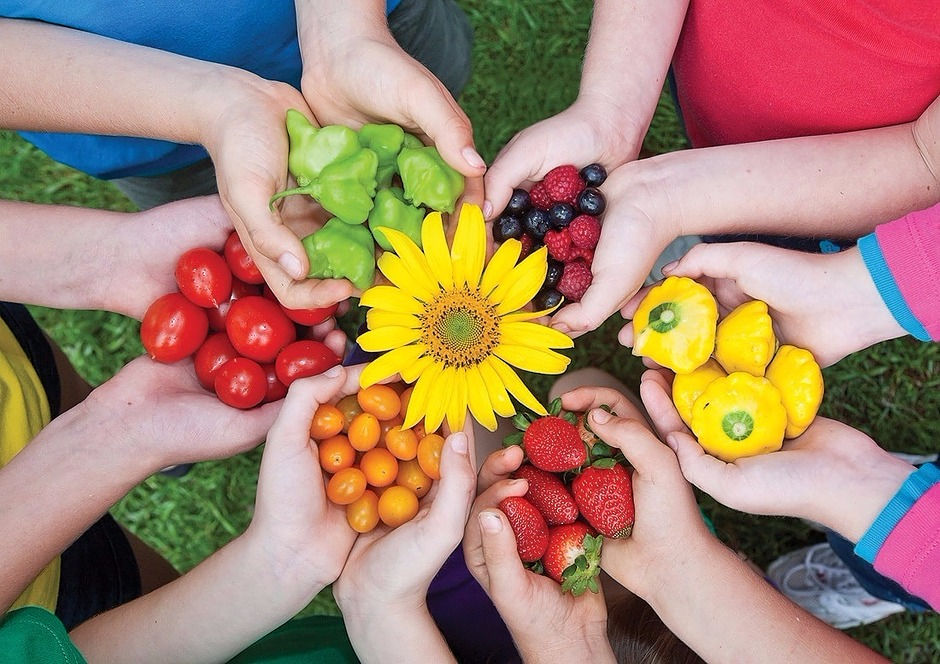A natural way to maintain your green living spaces as a holistic, highly productive source of abundantly clean, organic, natural food and herbal medicine for your family and loved ones, with little maintenance.

During World War II families turned over their grass yard in exchange for a garden, they were called 'Victory Gardens.'

A permaculture food forest is similar, easier, naturally aesthetically pleasing as well as productive scalable food sources. Whether you have a large parcel of land, a small patch, balcony, or only indoor growing, they exist in urban rooftops, suburban back yards, and hundreds of homeland acreage.
“A food forest is, as the name implies, a forest of food. The goal of this gardening and land management system is to mimic a woodland ecosystem with companion planting of edible trees, shrubs, perennials and annuals grown in a succession of layers. Fruit and nut trees are usually the canopy/overstory, while below is the understory of berry shrubs and edible ground plantings. Beneficial plants, or “companions,” are included to attract insects for natural pest management, as soil amenders providing nitrogen and mulch, or for other benefits. Working together, the plants form a forest garden ecosystem that functions long-term to increase water retention and infiltration, protect the soils from heavy rainfall events, establish windbreaks, increase soil fertility, expand wildlife habitat, and provide food, building and craft materials, medicines, and more.” ~ Permaculture Research Institute

Home of Becky and Bill Wilson, co-founders Midwest Permaculture
Combining edibles into a landscape increases biodiversity, air quality and increased value to land. Even integrating/accommodating wildlife or agriculture animals, naturally, are an option.

Permaculture is a system of agricultural and social design principles centered on simulating or directly utilizing the patterns and features observed in natural ecosystems.


